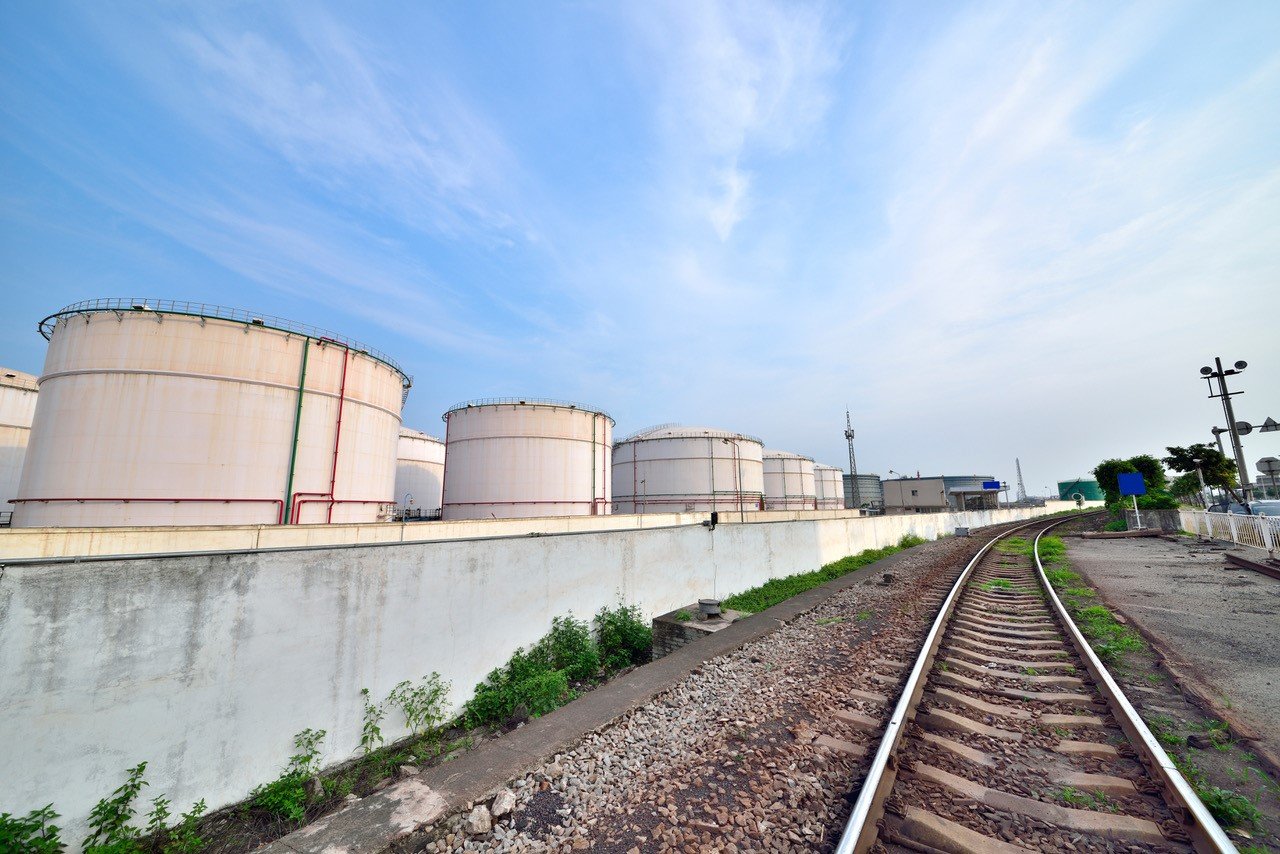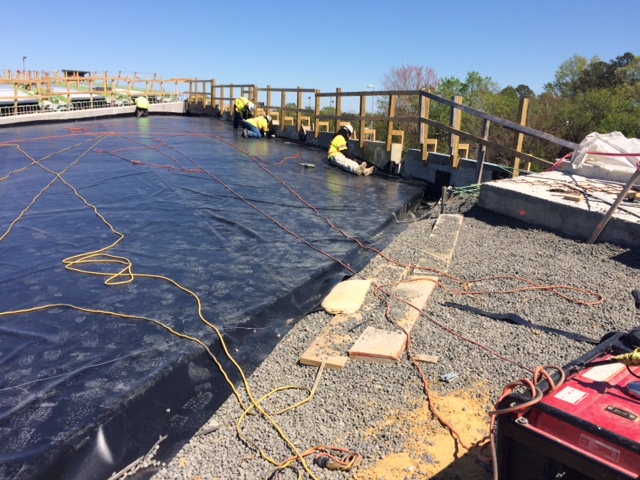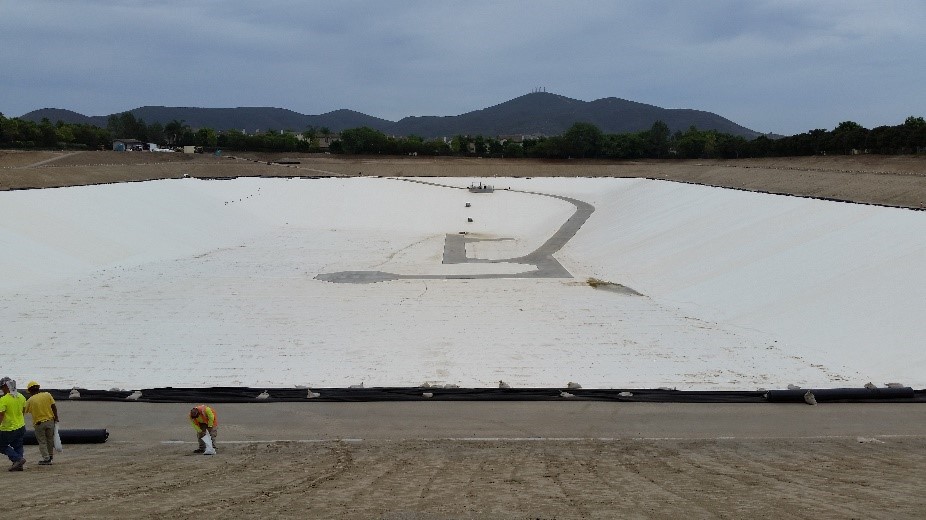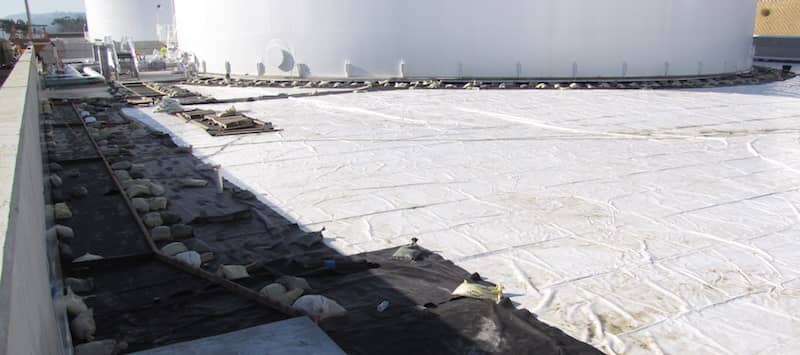On the evening of February 3, 2023, a train derailed in East Palestine, Ohio. The tanker cars, carrying several types of chemicals, ruptured, and caught fire.
The aftermath unfolded in the news for days, weeks, and months. The event impacted the population of the small community most directly, but also created an environmental investigation for Ohio and the surrounding states of Pennsylvania and West Virginia.
Geomembrane chemical compatibility vs. permeability, Part 3
How do I use polymer structure data to evaluate geomembrane selection?
When the proper geomembrane installation is used and operated correctly on an engineered project, it can be a cost-effective way to create a sound fluid barrier. While any construction project will have variables that make it unique and each site/application will have its own set of complexities, geomembrane solutions can be readily optimized for the need.
What geomembrane properties are most important to protect EPS Geofoam?
Part 2: Essential Geomembrane Properties to Protect Geofoam
In early 2022, we published a blog summarizing the predicted outlook for the architectural, engineering and construction industry (AEC) for 2022. It was based on an ASCE article also published early in the year. There were several factors indicating improvement over the previous year and momentum toward pre-pandemic business levels.
Principal and Materials Scientist/Engineer Dr. Ian D. Peggs has been working with polymers and composites in the field and laboratory for over 25 years, and in his “Geomembrane Liner Durability: Contributing Factors and the Status Quo” paper, he states that nothing is absolutely impermeable.
Geomembranes can fail for a variety of reasons. A failure in a geomembrane can result in serious damage to the surrounding environment and ecosystem. In order to help keep your geomembrane performing at its best, here are three common geomembrane failure mechanisms to keep in mind.
The three largest Naval Fuel Depots in the world rely on a flexible geomembrane for secondary oil containment for fuel storage. Secondary containment is provided both under the floors of the tanks and lining the fuel spill containment berms.











